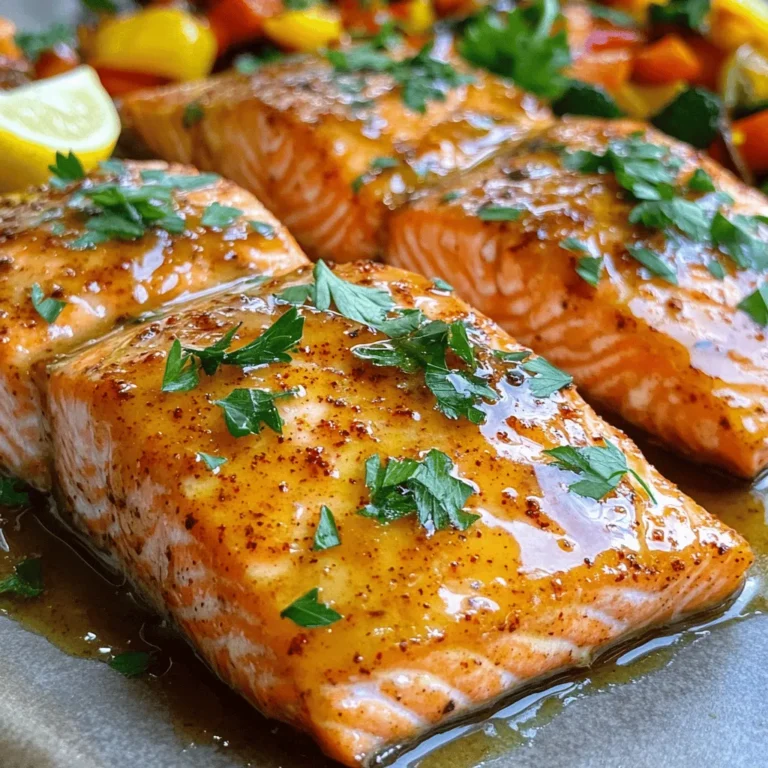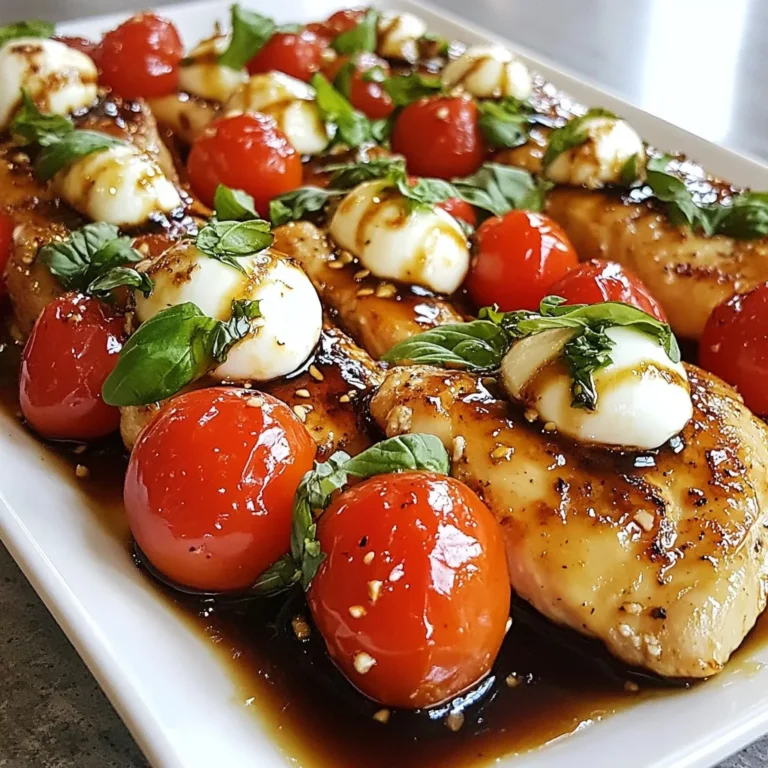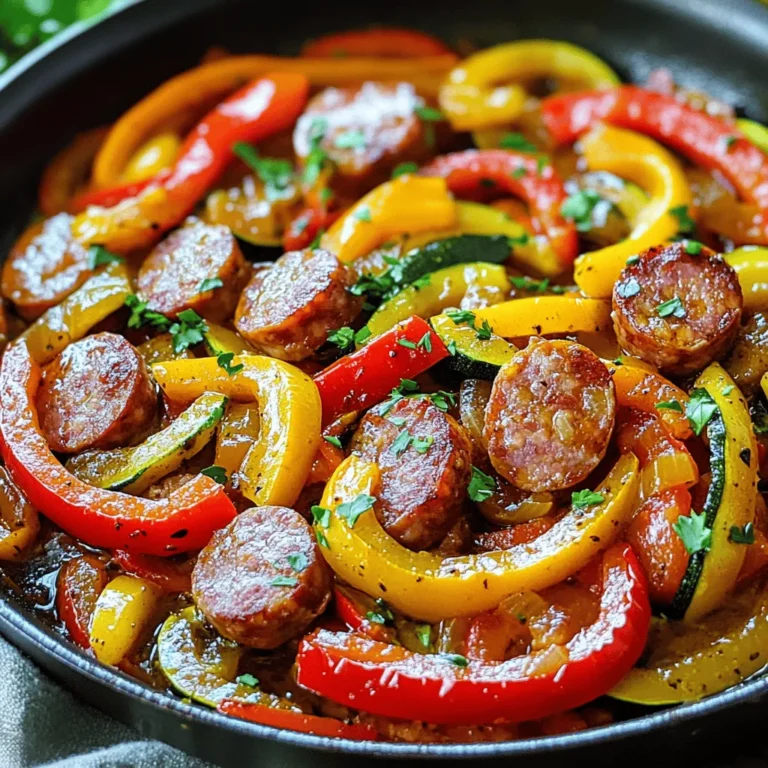Classic Meatloaf Juicy and Flavorful Family Dinner
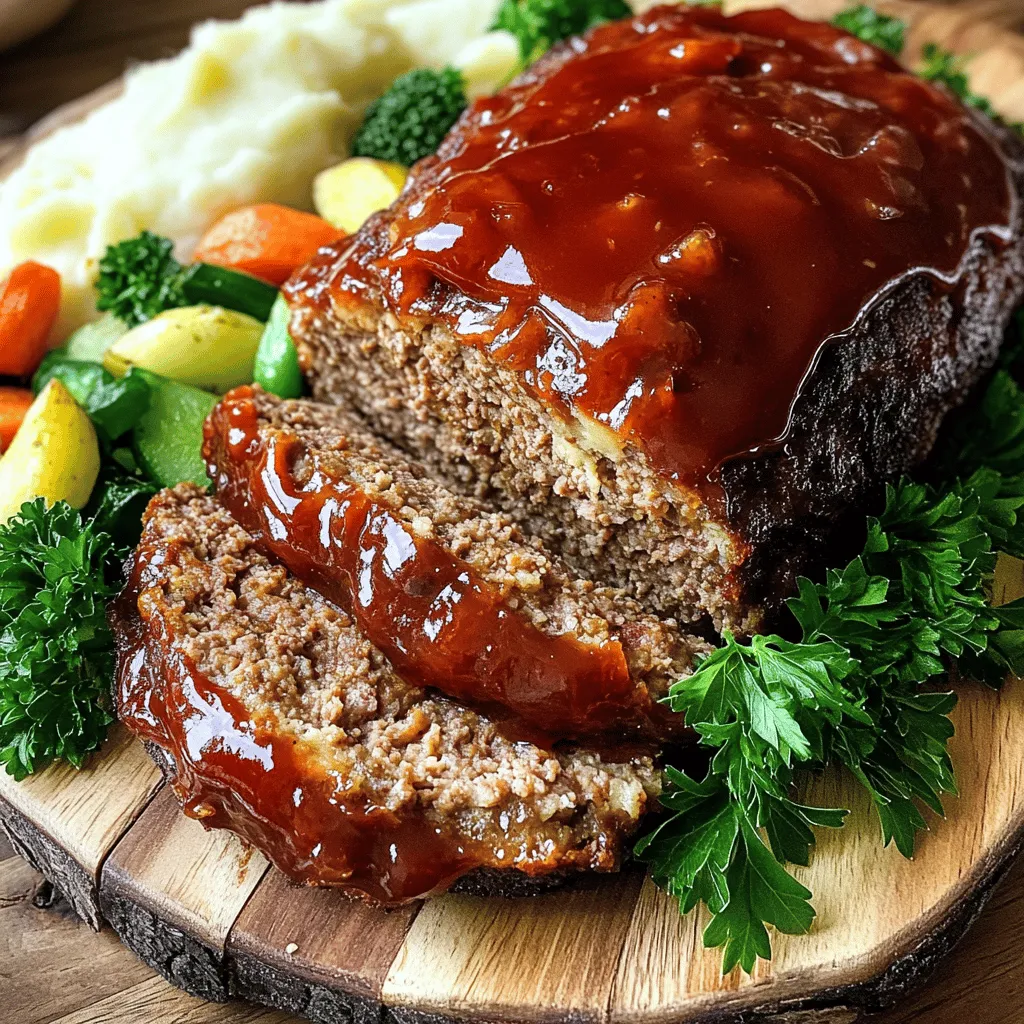
Are you ready to make a classic meatloaf that will wow your family? This dish is juicy, flavorful, and perfect for dinner. I’ll guide you through each step, from picking the right ingredients to cooking it just right. Whether you’re a meatloaf expert or a beginner, this recipe will help you create a meal everyone will love. Let’s dive into the secrets of a perfect meatloaf!
Ingredients
Main Ingredients for Classic Meatloaf
To make a great meatloaf, you need a few key ingredients. Here is what you will need:
– 1 ½ lbs ground beef
– 1 cup breadcrumbs
– 1 small onion, finely chopped
– 2 cloves garlic, minced
– 2 large eggs
– ½ cup milk
– 2 tablespoons Worcestershire sauce
– ½ cup ketchup (plus extra for topping)
These ingredients form the base of a flavorful meatloaf. The ground beef gives it a rich taste, while the breadcrumbs help bind it together. Onions and garlic add depth and aroma. Eggs and milk keep it moist and tender.
Essential Spices and Seasonings
Spices make your meatloaf shine. Here are the must-have spices:
– 1 teaspoon dried oregano
– 1 teaspoon dried thyme
– ½ teaspoon black pepper
– ½ teaspoon salt
– 1 tablespoon brown sugar
These spices add warmth and character. Oregano and thyme bring a hint of earthiness. Black pepper and salt enhance flavor, while brown sugar gives a sweet touch to the glaze.
Optional Ingredient Substitutions
You can adjust the recipe based on what you have. Here are some ideas:
– Use ground turkey instead of beef for a lighter option.
– Swap breadcrumbs with crushed crackers for a different texture.
– Replace milk with beef broth for added flavor.
Feel free to get creative! These substitutions can lead to fun variations and flavors.
Step-by-Step Instructions
Preparation and Preheating the Oven
Start by preheating your oven to 350°F (175°C). This step is key for even cooking. While the oven heats, gather your ingredients. You will need ground beef, breadcrumbs, onion, and garlic. Having everything ready makes the process smooth.
Mixing the Meatloaf Ingredients
In a large mixing bowl, combine the ground beef, breadcrumbs, chopped onion, and minced garlic. Mix gently with your hands or a wooden spoon. Avoid mashing the meat to keep it tender. In a separate bowl, whisk together the eggs, milk, Worcestershire sauce, oregano, thyme, black pepper, and salt. Pour this mixture into the meat. Mix until just combined. Be careful not to overwork it, or your meatloaf may become tough.
Shaping and Glazing the Meatloaf
Now, shape the meat mixture into a loaf. Place it in a lightly greased dish or lined loaf pan. This gives it a nice form. In a small bowl, mix ketchup and brown sugar to create a sweet glaze. Spread this glaze generously over the top of the meatloaf. It adds a lovely flavor. Place the loaf in the oven and bake for about 1 hour until it reaches an internal temperature of 160°F (71°C). After baking, let it rest for 10 minutes. This helps keep it juicy.
Tips & Tricks
Techniques for a Juicy Meatloaf
To make a juicy meatloaf, start with quality meat. I recommend using ground beef with 80% lean meat and 20% fat. This blend adds moisture and flavor. Mix your ingredients gently. Overmixing can make the meatloaf tough. Adding milk helps keep it moist. You can also include grated vegetables like zucchini or carrots for added moisture and flavor without changing the taste.
Common Mistakes to Avoid
One big mistake is cooking at too high a temperature. Always bake at 350°F (175°C). This helps the meatloaf cook evenly. Avoid skipping the resting time after baking. Letting it rest for 10 minutes keeps the juices inside. Don’t forget to check the internal temperature. It should reach 160°F (71°C) for safe eating.
Best Tools and Equipment for Meatloaf
A good mixing bowl is key for combining ingredients. I like to use a large glass bowl to see the mixing process. A loaf pan helps shape the meatloaf, but a baking dish works too. Use a meat thermometer to check the temperature. A sharp knife is great for slicing. Lastly, a set of measuring cups and spoons helps keep your ingredients precise.
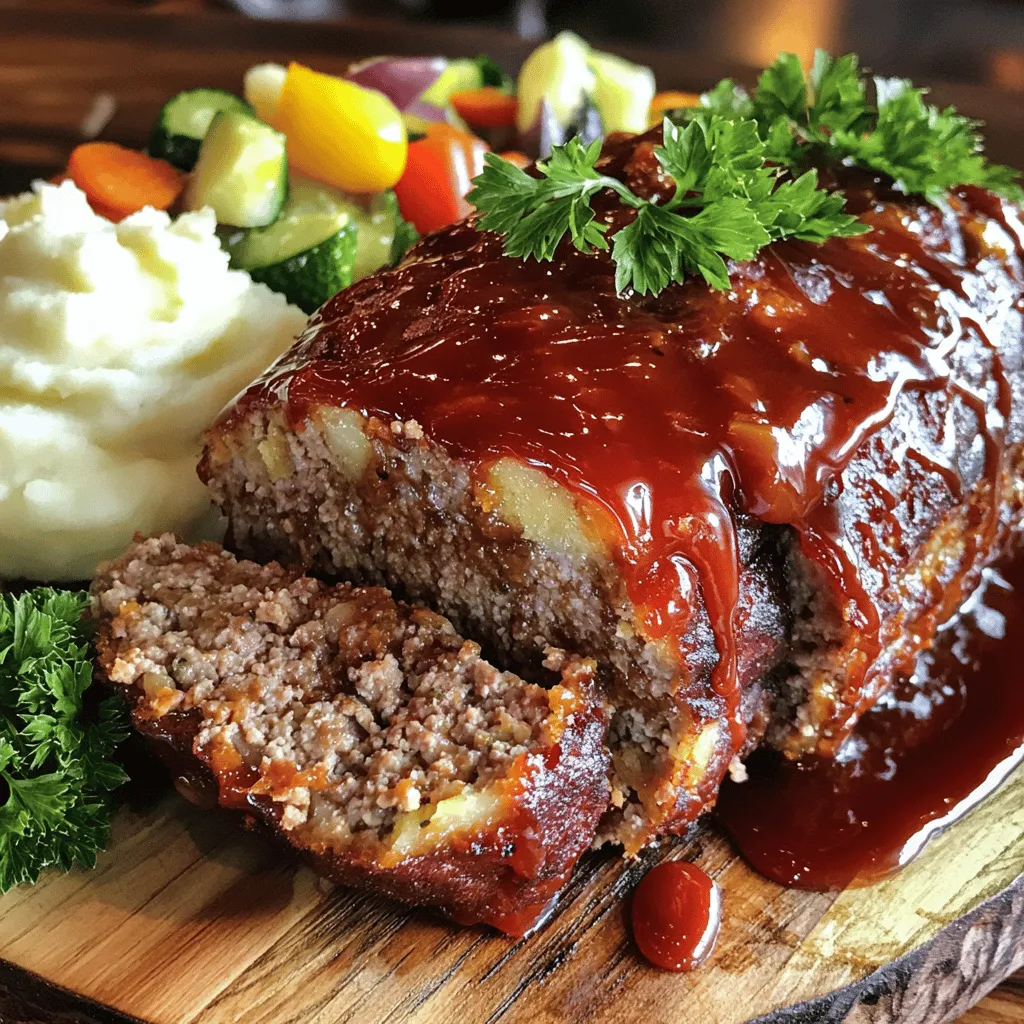
Variations
Turkey Meatloaf Recipe
If you want a lighter option, try turkey meatloaf. Ground turkey makes a great swap for beef. It keeps the meal lean while still being tasty. Use the same ingredients as Mama’s Savory Meatloaf. Just replace the beef with 1 ½ lbs of ground turkey. The mix stays juicy if you add a bit more milk. Bake the turkey meatloaf the same way. It should also reach 160°F (71°C) inside.
Gluten-Free Meatloaf Options
For gluten-free meatloaf, you can use gluten-free breadcrumbs. They work just like regular breadcrumbs. Most stores carry gluten-free options now. You can also use oats instead of breadcrumbs. Just make sure to pulse them in a blender first. The rest of the recipe stays the same. You will still get that juicy flavor. This gluten-free meatloaf will please everyone at the table.
Vegetarian Meatloaf Alternatives
If you’re going meatless, try a vegetarian meatloaf. You can use lentils or black beans. Mash them up to form a base. Combine with vegetables like finely chopped carrots and bell peppers. Use 1 ½ cups of cooked lentils or beans. Add the same spices and sauces from the meatloaf recipe. Bake it like the other versions. This veggie meatloaf is filling and packed with flavor. It’s a fun twist on a classic dish.
Storage Info
How to Store Leftover Meatloaf
To store leftover meatloaf, let it cool first. Place it in an airtight container. You can keep it in the fridge for up to four days. If you want to save it longer, freezing is best.
Reheating Instructions
When you reheat meatloaf, use the oven for best results. Preheat your oven to 250°F (120°C). Slice the meatloaf and place it in a baking dish. Cover it with foil to keep it moist. Heat for about 25 minutes or until warm. You can also use a microwave. Place slices on a microwave-safe plate. Heat for one minute, check, then heat more if needed.
Freezing Meatloaf for Future Meals
To freeze meatloaf, let it cool completely. Wrap it tightly in plastic wrap. Then, place it in a freezer bag or container. Label it with the date. You can freeze it for up to three months. When ready to eat, thaw it in the fridge overnight. Then reheat as mentioned above. For the best taste, enjoy it within a month.
FAQs
What’s the best temperature to cook meatloaf?
The best temperature to cook meatloaf is 350°F (175°C). This heat cooks the meat evenly and helps it stay moist. At this temperature, your meatloaf will take about an hour to reach the safe internal temperature of 160°F (71°C). Using a meat thermometer is a smart way to check for doneness.
How long should meatloaf rest before slicing?
Meatloaf should rest for about 10 minutes before you slice it. This time allows the juices to settle back into the meat. If you cut it too soon, the juices will run out, and your meatloaf may become dry. Letting it rest ensures each slice is juicy and full of flavor.
Can I make meatloaf in advance?
Yes, you can make meatloaf in advance. You can prepare it a day ahead and store it in the fridge. Just shape the meatloaf, cover it well, and pop it in your fridge. When you’re ready to eat, bake it straight from the fridge. This method saves time and helps the flavors meld beautifully.
You learned how to make a great meatloaf today. We covered the key ingredients and spices. I shared step-by-step instructions to guide you. You now know tips for a juicy meatloaf and common mistakes to avoid. I even offered tasty variations and smart storage tips. Remember, practice makes perfect. Keep trying different flavors and techniques. Soon, you’ll have a meatloaf that everyone loves! Enjoy your cooking journey.
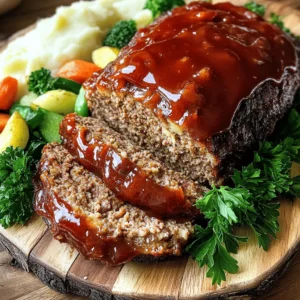

![- 2 lbs baby potatoes, halved - 1/4 cup extra virgin olive oil - 1/2 cup vegetable or chicken broth (low sodium recommended) - Juice of 2 large fresh lemons - Zest of 1 lemon - 4 cloves garlic, finely minced - 1 tablespoon dried oregano - Salt and freshly ground black pepper to taste - Fresh parsley, finely chopped (for garnish) To make Easy Greek Lemon Potatoes, you need fresh ingredients. Start with baby potatoes. They are the star of this dish. Their small size makes them cook evenly and taste great. Extra virgin olive oil adds richness and depth. The broth keeps the potatoes moist and adds flavor. Lemon juice and zest give a bright, tangy taste. Fresh garlic brings a bold kick. Dried oregano adds a lovely herb note. Finally, salt and pepper balance all the flavors. Garnish with parsley for a pop of color. This adds freshness and makes the dish look inviting. For the full recipe, check out [Full Recipe]. Enjoy the magic of these simple, yet flavorful Greek lemon potatoes! 1. Preheat the oven to 400°F (200°C). This step helps the potatoes cook evenly and get a nice crust. 2. Mix ingredients in a large bowl. Combine the halved baby potatoes, olive oil, broth, lemon juice, lemon zest, garlic, oregano, salt, and pepper. Stir until all potatoes are coated. 3. Transfer potatoes to baking dish. Spread the potatoes evenly in a single layer. Pour any leftover liquid from the bowl over them for extra flavor. 1. Cover with aluminum foil and bake for 30 minutes. This traps steam, helping the potatoes cook through. 2. Uncover and stir, bake uncovered for 25-30 minutes. This allows the potatoes to brown and become tender. Check for doneness by piercing with a fork. 1. Cool and garnish with parsley before serving. Let the potatoes sit for a few minutes, then sprinkle fresh parsley on top. 2. Presentation tips for serving. Use a rustic wooden bowl or a white platter. Add lemon wedges for a bright touch. Enjoy your Easy Greek Lemon Potatoes! Check the Full Recipe for more details. Using fresh lemon and quality olive oil is key. The lemon gives a bright taste, while good olive oil adds depth. I always choose extra virgin for its rich flavor. When seasoning, I recommend marinating the potatoes in the lemon juice and olive oil mix. This enhances the taste. Let them sit for at least 30 minutes if you can. The longer, the better the flavor. To ensure even cooking and browning, cut the potatoes into similar sizes. This helps them cook at the same rate. Arrange them in a single layer in the baking dish. Avoid crowding them, as this traps steam and keeps them from getting crispy. I often use broth instead of water. Broth adds a savory touch that elevates the dish. These Greek lemon potatoes pair wonderfully with grilled meats, like chicken or lamb. They also complement fresh salads, such as Greek salad or tabbouleh. For a perfect dining experience, serve them with a crisp white wine, like Sauvignon Blanc. The wine matches the lemony flavors well. You can find the full recipe for these tasty potatoes in my collection. {{image_4}} You can change herbs for fun flavors. Try fresh thyme or rosemary instead of oregano. If you want a kick, add some crushed red pepper flakes. For vegan or gluten-free options, swap chicken broth for vegetable broth. This keeps the dish tasty without animal products. Always read labels for gluten-free broth to be safe. Want to make these in an air fryer? Simply set it to 400°F (200°C). Cook for about 20-25 minutes. Shake the basket halfway to get even browning. You can also use a slow cooker. Add all ingredients and cook on low for 6-8 hours. This method makes the potatoes very tender and flavorful. To boost flavor, add crumbled feta cheese or olives on top. This brings a lovely salty touch. You can also mix in seasonal veggies like cherry tomatoes or bell peppers. They roast well and add color. These little tweaks make your dish burst with extra zest and excitement! To keep your Greek lemon potatoes fresh, use an airtight container. Place the cooled potatoes inside. You can store them in the fridge for up to three days. This helps keep the flavor and texture intact. If you see any signs of spoilage, it’s best to toss them out. When reheating, the oven is your friend. Preheat it to 350°F (175°C). Spread the potatoes on a baking sheet. Bake for about 15-20 minutes. This method keeps them crispy. If you use a microwave, place them in a microwave-safe bowl. Heat in 30-second intervals. Stir between intervals. This helps warm them evenly. To freeze your cooked potatoes, let them cool completely. Then, spread them on a baking sheet in a single layer. Freeze for about an hour. This prevents them from sticking together. Once frozen, transfer them to a freezer bag. Be sure to remove as much air as possible. When you want to eat them, just thaw in the fridge overnight. Reheat them in the oven at 350°F (175°C). Bake for 20-25 minutes until heated through. This keeps their flavor and texture nice. Enjoy your tasty Greek lemon potatoes anytime! For the full recipe, check out the [Full Recipe]. You bake Greek lemon potatoes for about 55 to 60 minutes. Start by covering them with foil for the first 30 minutes. This helps them cook well. After that, remove the foil and stir the potatoes. Bake them uncovered for another 25 to 30 minutes. Check if they are soft by poking them with a fork. If the fork goes in easily, they are done! You can use regular potatoes, but cooking times will change. Regular potatoes take longer to cook. Cut them into smaller pieces to match the cooking time of baby potatoes. This helps them cook evenly. The texture may also be different. Baby potatoes have a creamy texture, while regular potatoes can be a bit fluffier. Greek lemon potatoes pair well with many dishes. You can serve them with grilled chicken or lamb for a tasty meal. They also go great with a fresh Greek salad. The bright lemon flavor complements the rich dishes well. For a fun twist, add some tzatziki on the side. It adds a cool, creamy touch to the meal. For the full recipe, check out the Full Recipe section. In this blog post, we covered how to make Greek Lemon Potatoes. We explored the key ingredients, preparation steps, and the baking process. I shared tips for flavor and cooking techniques, plus variations to customize your dish. Proper storage and reheating tips help keep leftovers fresh. Remember, using fresh ingredients greatly enhances the taste. Enjoy these potatoes with your favorite Mediterranean meals. They are tasty and easy to make. Your cooking will impress friends and family alike. Dig in and savor every bite!](https://goldendishy.com/wp-content/uploads/2025/06/8502e506-5824-4799-8038-5c3f7491fce4-768x768.webp)

